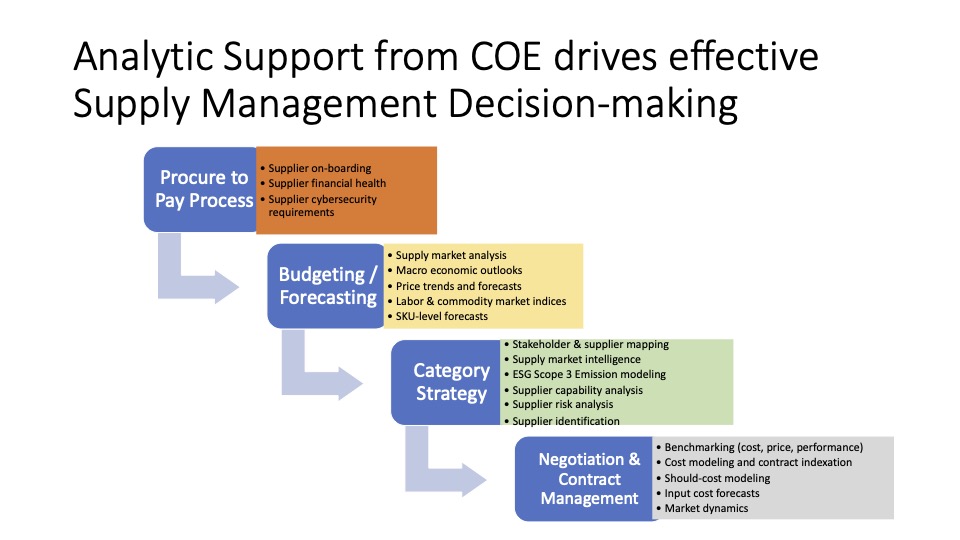The Warehousing Management Survey
_It is safe to say that warehouse activity can be used as a barometer for how well the economy is doing. A recent “survey of warehouse”:http://www.manufacturing.net/wm/index.asp?layout=articleWebzine&articleId=CA231704&stt=001 operations by Warehousing Management shows some trends that predict an economic recovery from the first recession that the nation has endured in ten years… but at the same time also confirms some of our fears._
Perhaps the biggest sign of encouragement in the report is that although 66 percent of responding warehouses are employing the same or fewer employees now than they were 18 months ago, 54 percent expect to hire more warehouse personnel over the upcoming 18 months. And while 29 percent plan to expand warehouse space this year, that number increases to 33 percent in 2003. Thirty-one percent plan to add space in 2004.
In the private warehouse sector, growth predictions over the next five years seem to follow the pattern of results of the previous five years. Twenty seven percent say they have increased their warehousing network in the last five years and 26 percent have plans to increase their space in the next five years. Similarly, 11 percent say their warehousing network decreased in the last five years, and 8 percent say it will shrink between now and 2007. The warehousing outsourcing trend of the past few years is showing signs of slowing down, though. While 20 percent say at least 50 percent of warehousing has been eliminated or outsourced since 1997, only 8 percent expect to see that happen over the next five years.
Some of the results in the WM survey are less encouraging. While hiring and retaining quality employees was at the top of the list for warehouse managers during the growth period of the late 1990s, that issue drops to fourth on their list of concerns indicating pressure on managers to find efficiencies during the slowdown. Managing inventory effectively tops the list of concerns with 57 percent of respondents. Finding new efficiencies is second at 53 percent. Implementing new technologies is third (41 percent) on the list, while only 34 percent mention retaining/hiring new employees. Ironically, only 17 percent cite the economy as a major concern.
And while capital spending plummeted over the last 18 months, WM ‘s survey reveals that 25 percent of respondents expect to spend between $100,000 and $500,000 this year, while another 14 percent will spend over $1 million. But the rise in capital spending is mainly in the form of warehousing software. The picture is not as bright when it comes to capital expenditures for things like forklift trucks and conveyor equipment.
*Rising Investment in Technology*
With the emphasis being placed on inventory management, it’s no surprise that 82 percent of the companies surveyed by Warehousing Management have technology in place to monitor inventory management. Another 13 percent are either implementing it now, or will have it in place within a year. Order management software and EDI follow closely (80 percent have it in place), while bar code labels radio frequency communication are close on the heels with 77 percent and 73 percent usage respectively. Almost 71 percent report having a warehouse management system in place but the level of sophistication of the systems varies within this percentage.
Great potential seems to lie with some technologies that, up to now, have been somewhat underutilized. Pick-to-light technology, for example, is currently used at 51 percent of facilities. However, that usage is expected to rise sharply in the future, as 41 percent expect to implement it in the next 12 months. Similarly, usage of voice-activated receiving and packing used by 18 percent of respondents today is expected to rise by 73 percent over the next year.
*Waning popularity of 3PLs*
Consistent with the expected slowing down of the warehousing outsourcing trend, the Warehousing Management survey indicates a possible decline in the movement to third-party and fourth-party logistics providers as companies realize the need to take back some of the value-added processes that have been outsourced in the past. Only 29 percent of respondents strongly agree or agree with the statement, “it would be easy to outsource our private warehouse.” Thirty-five percent disagree with that statement, while another 19 percent strongly disagree.
Further, only 28 percent believe that outsourcing their warehouse needs would decrease expenses. Forty seven percent disagree with the statement. The survey indicates that the loss of customer service is a major concern among executives that are opposed to the idea of outsourcing to 3PLs. Forty-two percent disagree with the statement that outsourcing would not affect customer service and another 22 percent strongly disagree. The strongest argument in favor of outsourcing is that it may free up valuable management resources. Almost half (47 percent) agree that 3PLs might be valuable for a portion of their warehouse operations only.
*Training and Education*
Only 5 percent of warehouse managers say they rely on “formalized outside training” as their educational preference, supporting the thought that training initiatives are usually the first to be affected by budget cuts. Informal on-the-job training is used by 48 percent of warehouses and another 45 percent rely on formal inside training.
Of those managers offering formal training programs, 81 percent provide training and education for material handling equipment. Computer software training is next at 66 percent, followed by training in customer service (39 percent), products (38 percent) and management training (29 percent). On average, hourly warehouse employees receive 36 hours of on-the-job training per year.
These statistics have been summarized in an article entitled, “Warehousing’s Crystal Ball,” written by the editor-in-chief of Warehousing Management, John R. Johnson. Click “here”:http://www.manufacturing.net/wm/index.asp?layout=articleWebzine&articleId=CA231704&stt=001 for the complete article.
- Categories:


